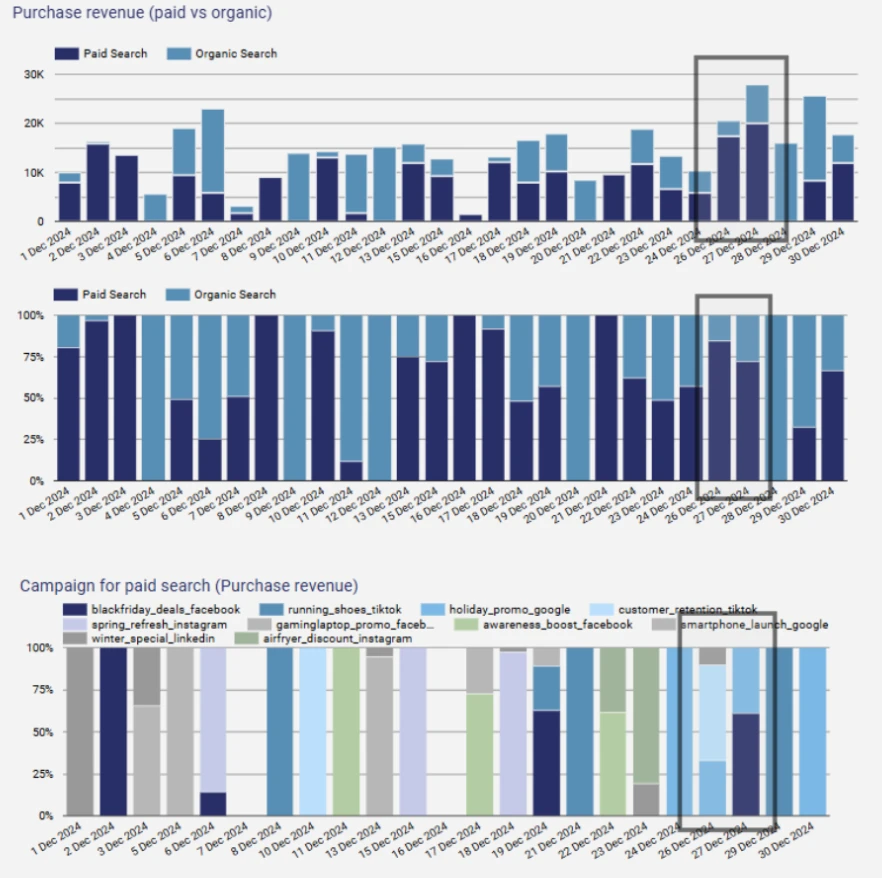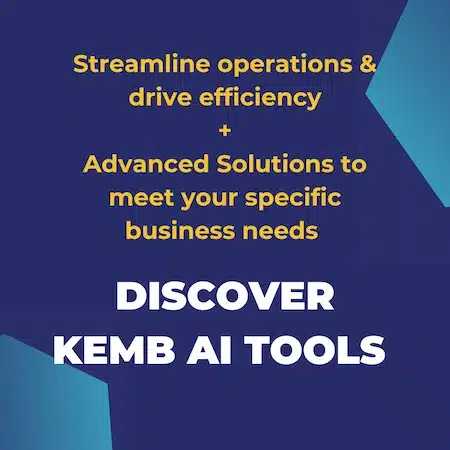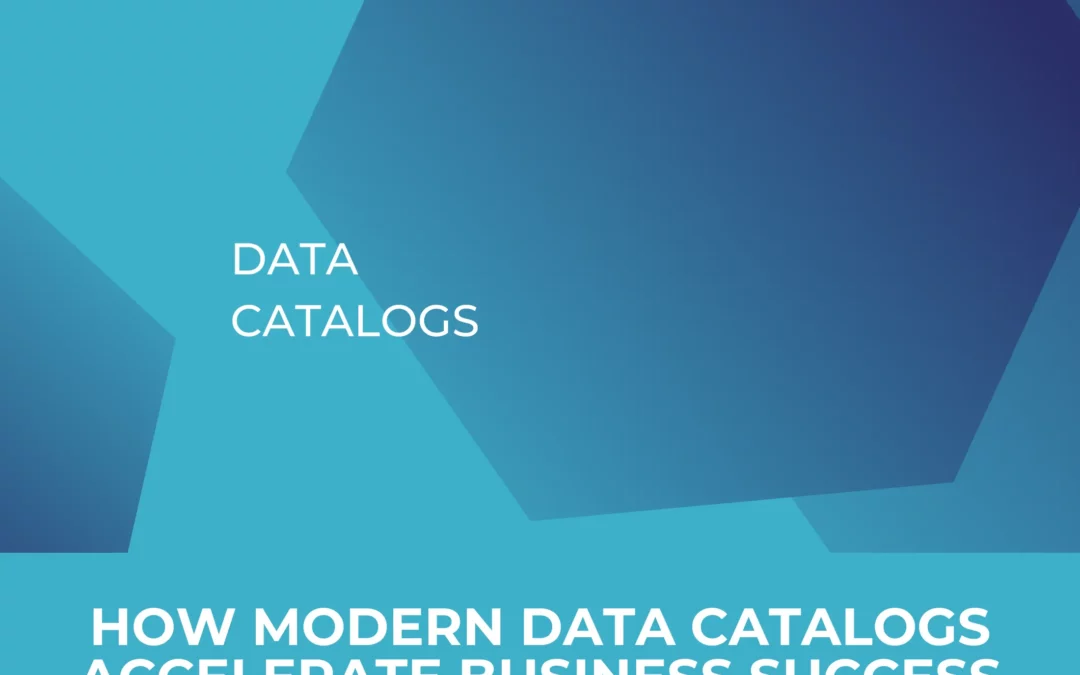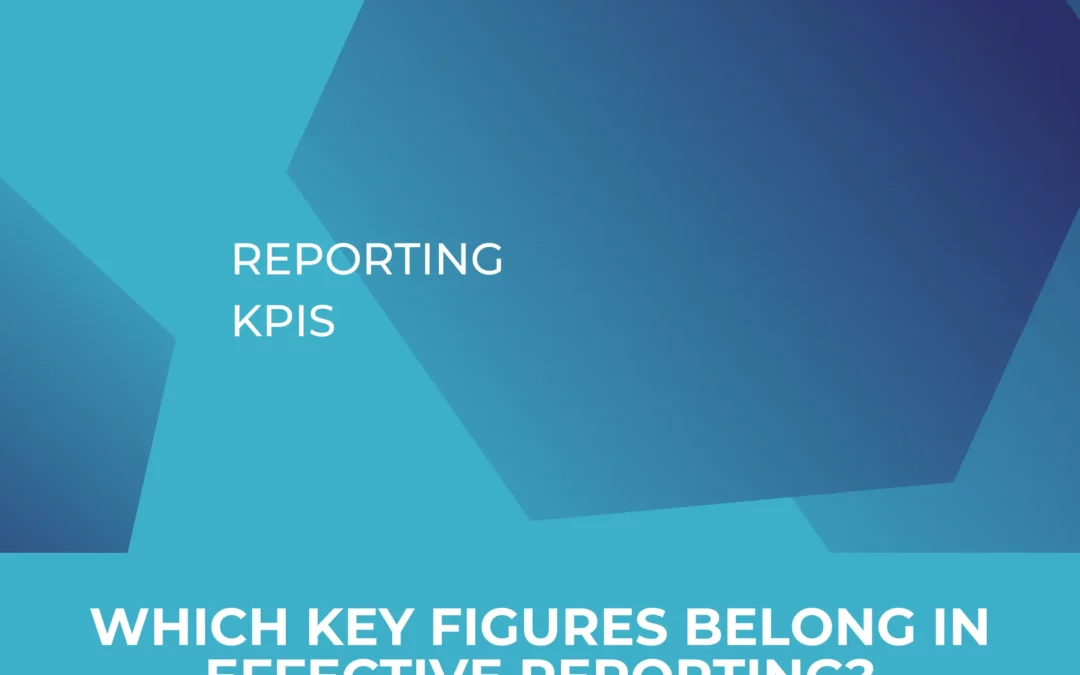Most marketers track SEO and website performance using Google Search Console and GA4 — but rarely in tandem. The result? A fragmented view of what’s actually driving results.
GSC shows how people find your site. GA4 shows what they do once they’re there. Only when used together, they reveal the full journey: from search query to conversion, from impression to impact.
In this guide, we’ll show you how integrating these two tools can unlock deeper insights — so you can optimize not just for clicks, but for revenue.
Why Separate Views Aren’t Enough
Google Search Console is a powerful tool for understanding how users find your website — but it only tells half the story. You might know which keywords rank well and attract clicks, but what happens after the user lands on your site remains a mystery.
That’s where GA4 comes in. While GSC reveals the strength of your SEO entry points, GA4 shows you what happens next: how users behave, where they drop off, and whether they convert.
Used separately, these tools give you fragmented insights. Used together, they unlock the full journey — from search query to business impact. Are you focusing on the right pages, queries, and content to actually drive revenue — or just traffic?
With this template, we’ll show you the kinds of insights you can unlock when you bring GA4 and GSC data together.
Do you really know where your revenue is coming from?
Many businesses rely heavily on paid ads to generate traffic and conversions — but that might not be the most efficient path. What if you could capture the same level of interest through organic search?
When we analyze your data, we start by understanding how conversions are actually being generated:
-
Are they coming mostly from paid campaigns?
-
Do organic pages contribute to your bottom line?
-
Are you overspending on ads when there’s untapped SEO potential?
If your return doesn’t match your paid media spend — especially during boost periods — it might be time to shift focus. Strengthening your brand visibility and optimizing for organic discovery could reduce your dependency on paid channels.
With our GA4 + GSC report template, we help you uncover these opportunities by combining SEO data with on-site behavior and conversion tracking. It’s not just about traffic — it’s about what drives results.
Take a look at our example:

We can see that organic search is generating slightly more sessions overall — but when it comes to revenue, paid search is leading the way.
This raises a key question:
What’s preventing organic users from converting as effectively as paid users?
Are they landing on less optimized pages? Is the intent different? Or is there a disconnect in the user journey?
By combining GA4 and GSC data, we’re able to spot these gaps — and more importantly, act on them.
You can also analyze shifts over time:
Identify periods where paid search had a larger or smaller impact on sessions or revenue, and dig into what changed.
-
Were specific campaigns more effective? Did landing pages differ? Were there SEO drops that went unnoticed?
This report shows you what happened — and we help you uncover why it happened, and what actions to take next.

This view brings together purchase revenue by channel over time (paid vs. organic) and maps it to the underlying paid campaigns. Let’s focus on the period around December 26–28 (highlighted above):
-
We see a significant spike in total purchase revenue, with both paid and organic contributing heavily.
-
The second chart shows a shift: paid search becomes dominant again after several days of organic leading the way.
But what’s driving it?
When we look at the campaign breakdown, it becomes clear that the “smartphone_launch_google” and “customer_retention_tiktok” campaigns are in full force during that spike. These campaigns not only boosted paid revenue but may have created brand lift that influenced organic performance as well.
What can we learn from this?
-
Campaigns don’t operate in isolation. A well-timed paid push can also increase organic discovery and conversions.
-
Revenue distribution matters. Days with high revenue driven mostly by paid campaigns may offer short-term wins, but they also come with higher costs.
Ask yourself: Can we sustain this performance through better SEO on key pages? Reverse the dependency by identifying high-converting campaigns, then explore if those landing pages or keywords can be nurtured organically.
Have a Look at Queries/Keywords and Landing Pages sections for GSC info details

These give you a solid overview of your GSC data — but don’t stop at impressions or rankings alone.
Ask yourself:
-
Which keywords or pages get high impressions but few clicks? Are there missed opportunities?
-
Are there keywords with lower rankings but surprisingly high click-through rates? What’s making them work?
To structure your analysis, create keyword or page “buckets” like:
-
High impressions, low clicks → potential for better titles or meta descriptions.
-
Good position, poor CTR → maybe the content doesn’t match search intent.
-
Low position, high CTR → strong messaging worth investing in with SEO.
Focus on these groups to uncover where your efforts could deliver the biggest impact.
Positioning vs Performance
We’ve looked at GSC. We’ve looked at GA4. But the real power lies in combining both.
When you integrate these tools, the insights go beyond isolated metrics — you get a complete picture of performance.
Yes, there are countless things to analyze — keywords, campaigns, behavior, conversions. But to make it actionable, focus on what really matters:
What drives revenue?
Start by asking:
-
Which landing pages bring in the most revenue?
-
Do these pages rank well in search results?
-
Could they attract more users if their visibility improved?

Take the “silk-blouse” product page, for example.
It’s one of the top performers in terms of purchase revenue — yet it doesn’t have the most impressions or clicks. The CTR is strong, which means the content resonates.
But what if it ranked higher? What if it appeared for more relevant queries?
That’s the kind of opportunity this integrated analysis helps you uncover: high-potential pages that are already working — and could work even better with a visibility boost.
If a high-performing page is driving conversions mainly through paid traffic — what if you could shift that performance to organic?
Take the opportunity to ask:
-
Can we rank this page for relevant keywords organically?
-
Can we maintain or even improve performance without relying on ad spend?
A strong-performing landing page in paid campaigns means one thing: the page works. Users respond well to it.
Now imagine if that same page ranked well in search and brought in free traffic. That’s a major cost-saving opportunity.
Use the integrated GA4 + GSC view to identify:
-
Pages with high revenue via paid search
-
Low organic impressions or poor organic ranking
-
Strong engagement and conversion once users land
These are your prime candidates for SEO optimization — and a chance to reduce dependency on paid while keeping conversion rates high.
From Visibility to Value: Turning Keyword Data into Action

Let’s take a look at the data snapshot — a combined view of Google Search Console and GA4 performance metrics for a range of keywords. This is where the integrated analysis really starts to shine.
Take the keyword “cheap air fryer”:
-
It has the highest number of impressions (981,730) and a solid click-through rate (56.96%),
-
But more importantly, it leads to 38,478 purchases and over €750,000 in revenue.
A great example of a high-visibility, high-conversion keyword that’s clearly doing its job. The next step? Make sure you’re defending this ranking and optimizing the landing page even further for upsells or bundles.
Now compare that to “teddy bear”:
-
Also has strong visibility and CTR (59.44%),
-
But despite similar click volume, it only generates €198,663 in revenue.
This tells us that not all clicks are equally valuable. So the question becomes:
Can we improve the page experience, product offering, or targeting to boost average order value?
Imagine a similar case: A keyword with lower impressions or CTR, but one that still brings in significant revenue. That’s a signal to consider boosting it either organically (via content/SEO) or with a focused paid campaign to maximize reach.
Data Sources & Methodology
This report brings together key performance data from multiple sources to give you a comprehensive view of your search and on-site performance:
-
Google Analytics 4 (GA4): Connected directly for user behavior, sessions, conversions, and purchase revenue.
-
Google Search Console (GSC): Connected directly for impressions, clicks, CTR, and keyword/landing page performance in organic search.
-
Blended Landing Page Data (GA4 + GSC): Data combined using the Landing Page dimension from both platforms to analyze visibility vs. on-site outcomes.
-
Blended Keyword Data (GA4 + GSC): Data combined by matching Search Queries from GSC with Google Ads Keywords from GA4 to connect keyword-level behavior with conversions.
Final Note
Not all keywords or landing pages will have a perfect 1:1 match between platforms due to differences in how data is tracked and reported. This is expected and accounted for in the analysis.
This report is specifically built for eCommerce businesses or any business with defined purchase and revenue metrics.
For tailored support, advanced customizations, or specific use cases, contact us directly — we’d be happy to help.




